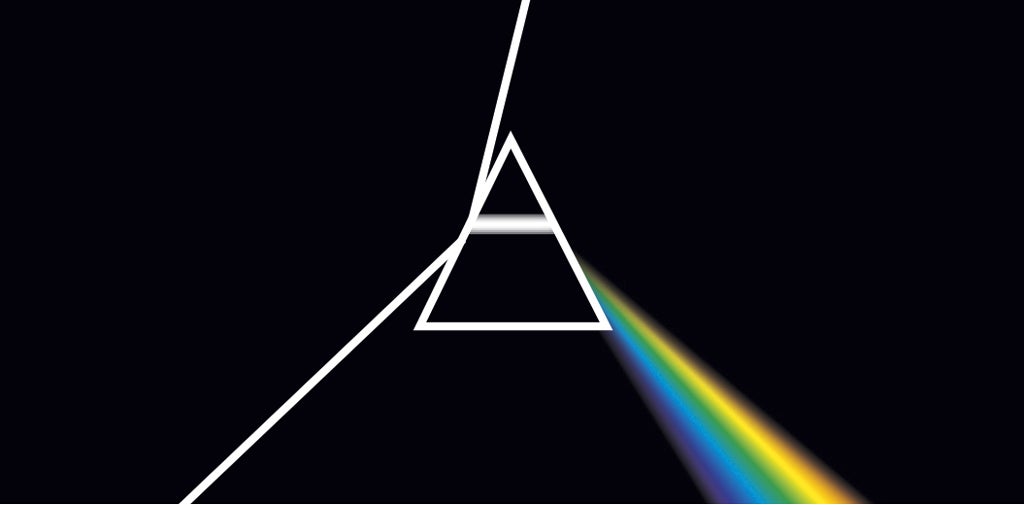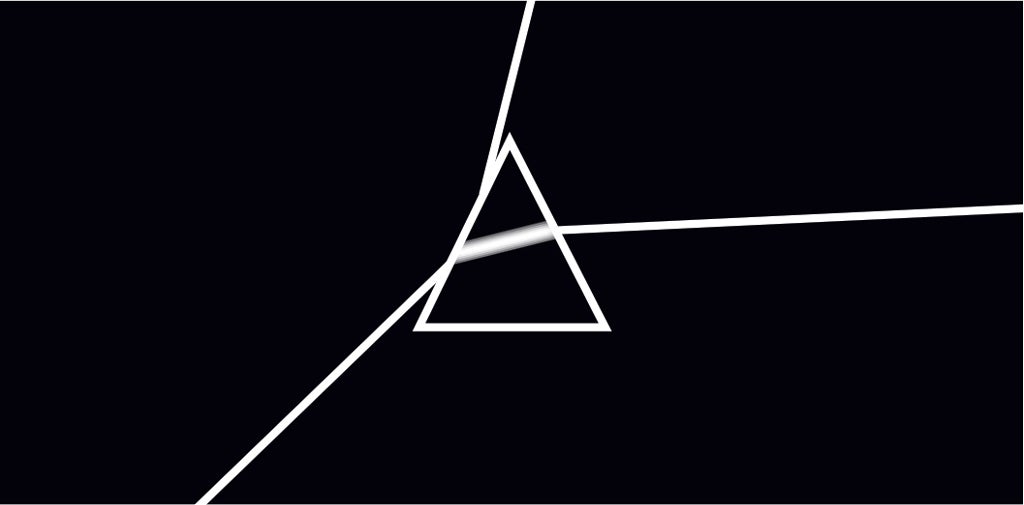Bob Newman looks at why lenses are colour corrected because of dispersion
Colour correction is necessary because of a property of glass called dispersion. Simple optical theory suggests that glass has a single refractive index – a measure of how strongly it bends light. In the real world the refractive index of glass changes with the wavelength or colour of light. Typically, the refractive index is higher at the blue end of the spectrum than it is at the red end. The result of this is that a glass lens effectively has different focal lengths, and therefore different magnifications for different colours. Blue parts of the image will be rendered smaller than red parts, resulting in rainbow effects or fringing around the edges of image features. Dispersion is measured in a simplistic way using the Abbe number, named after the German physicist Ernst Abbe, who defined it. In basic terms: the higher the Abbe number, the lower the dispersion.
The solution is to build a compound lens using two different kinds of glass – flint glasses with high refractive indices and high dispersion, and crown glasses with low refractive indices and
low dispersion, the standard delineation being an Abbe number of 50. Using this technique an achromatic lens can be designed in which the effective focal length is the same for two different colours of light, one generally chosen to be in the red, the other in the blue. Between these two colours, the focal length does vary slightly, resulting in residual spectral fringing called secondary colour.
An even better solution is an apochromatic lens, which has the same focal length for three wavelengths, usually chosen to be in the red, green and blue. Such a lens is called an apochromat. To achieve this, another type of glass is required, which has a different combination of refractive index and Abbe number. There are two general categories of such glass. The first are what are called rare-earth glasses, a term referring to the exotic elements used to produce these glasses, usually barium and lanthanum. Lanthanum glasses have a lower-than-normal dispersion compared with their index of refraction. The use of these glasses allows achromats with lower secondary colour or apochromats to be designed.
The second category of special glasses is the fluoro-crown glasses, which incorporate the element fluorine into their composition. These are normal crown glasses with a low refractive index, but have exceptionally low dispersion (and are often called ultra-low or extra-low dispersion). The ultimate material of this type is not a glass but calcium fluoride (fluorite), which forms transparent crystals with exactly the desired properties. This is used in some very high-end lenses, but has poor mechanical properties, making it expensive to process. The fluoro-crown glasses can approach the performance of fluorite, but in a better form for lens making.
Bob Newman is currently Professor of Computer Science at the University of Wolverhampton. He has been working with the design and development of high-technology equipment for 35 years and two of his products have won innovation awards. Bob is also a camera nut and a keen amateur photographer






